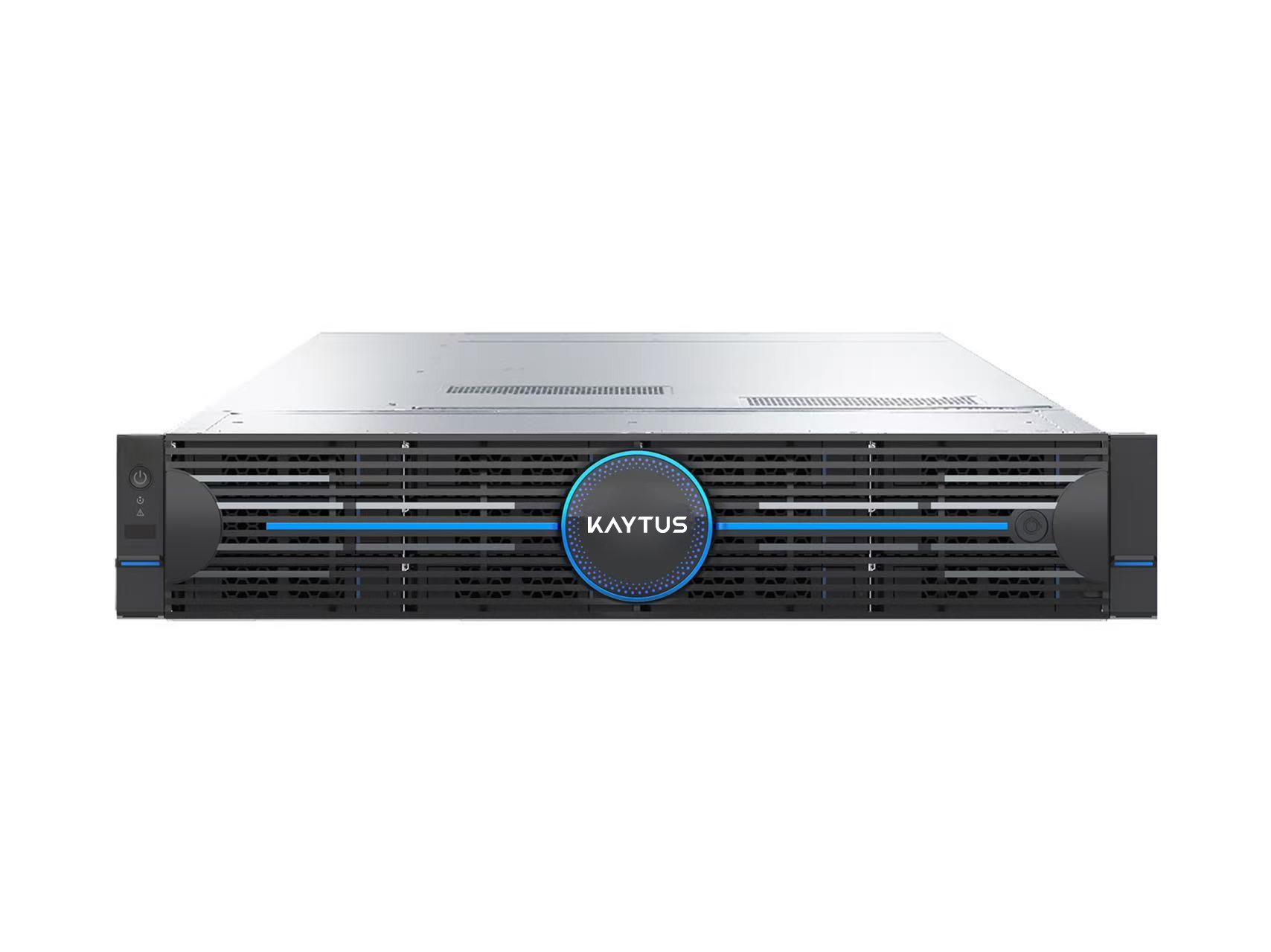We live in an age of digital immediacy. We expect videos to stream without a hiccup, websites to load in a blink, and smart devices to respond to our commands instantly. Behind the scenes of this seamless experience is a fundamental shift in cloud architecture, moving away from a few massive, centralized data centers to a vast, distributed network of edge servers. This isn't just a minor upgrade; it's a revolution in how we process and deliver data.
For decades, the traditional cloud model reigned supreme. Whether you were sending an email, posting on social media, or saving a file, your data would travel hundreds, sometimes thousands, of miles to a colossal data center for processing. This worked well enough, but it introduced a critical problem: latency. That delay, often just a fraction of a second, is the enemy of modern applications like online gaming, autonomous vehicles, and real-time video analytics. This is where the power of edge servers becomes undeniable.
What Exactly is an Edge Server?
Think of the "edge" as the frontier of the network—the point where the digital world touches the physical one. An edge server is a powerful computer housed in a small, localized data center or even a telecom exchange, strategically placed close to end-users and their devices, like in a city or a neighborhood. Instead of sending every byte of data on a long round-trip to the central cloud, these local edge servers handle the processing right there, at the source. They are the workhorses of the edge computing paradigm, doing the heavy lifting locally and only communicating with the central cloud when necessary.
The Tangible Benefits: Why Your Business Should Care
The deployment of edge servers unlocks a new tier of performance and capability.
1. Ultra-Low Latency: This is the most significant advantage. By processing data locally, an edge server can reduce latency to single-digit milliseconds. For a factory using augmented reality for equipment repair, a surgeon performing a remote operation, or a gamer in a competitive esports match, this near-instantaneous response is not a luxury; it is an absolute necessity.
2. Massive Bandwidth Savings: Consider a smart security camera system that records high-definition video 24/7. Transmitting all that raw footage to the cloud would consume enormous bandwidth. With an edge server on-site, the video can be analyzed locally. It only sends a brief clip to the cloud when it detects specific events, like motion or a person, slashing bandwidth costs and storage needs.
3. Enhanced Reliability and Privacy: A distributed network of edge servers is inherently more resilient. If the connection to the central cloud goes down, local operations can often continue uninterrupted because the local edge node maintains functionality. Furthermore, sensitive data can be processed and anonymized locally, never leaving the premises, which is a huge win for data privacy and compliance with regulations like GDPR.
Real-World Applications: The Edge in Action
The use cases for edge computing are expanding rapidly across every industry:
Autonomous Vehicles: A self-driving car generates terabytes of data every day. It cannot afford to wait for instructions from a cloud server hundreds of miles away. Its onboard computer acts as an ultra-powerful edge server, making split-second decisions for navigation and collision avoidance.
Smart Cities: Traffic management systems use edge servers at intersections to analyze vehicle and pedestrian flow in real-time, optimizing traffic light patterns to reduce congestion without relying on a central command center.
Retail: Smart stores use edge computing to track inventory, analyze customer foot traffic, and enable cashier-less checkout experiences, all processed locally to ensure speed and privacy.
The Future is at the Edge
The central cloud is not going away; it will evolve into a repository for less time-sensitive data, deep learning model training, and large-scale analytics. The future, however, is a hybrid model where the core cloud and the intelligent edge work in perfect harmony. As the Internet of Things (IoT) explodes and technologies like the metaverse emerge, our demand for instant, reliable computing will only grow. The robust, responsive, and revolutionary network of edge servers will be the critical infrastructure that makes it all possible, quietly powering our connected future from the background.
The Invisible Engine: How Edge Servers Are Reshaping Our Digital World






